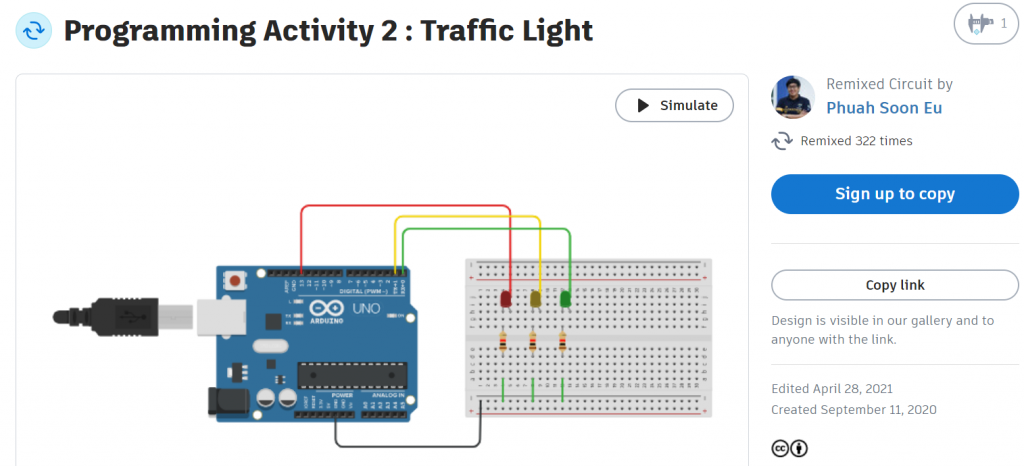
Month: February 2024
Salam Isra’ Mikraj 2024

Book Review 2024/1 – Chip War By Chris Miller
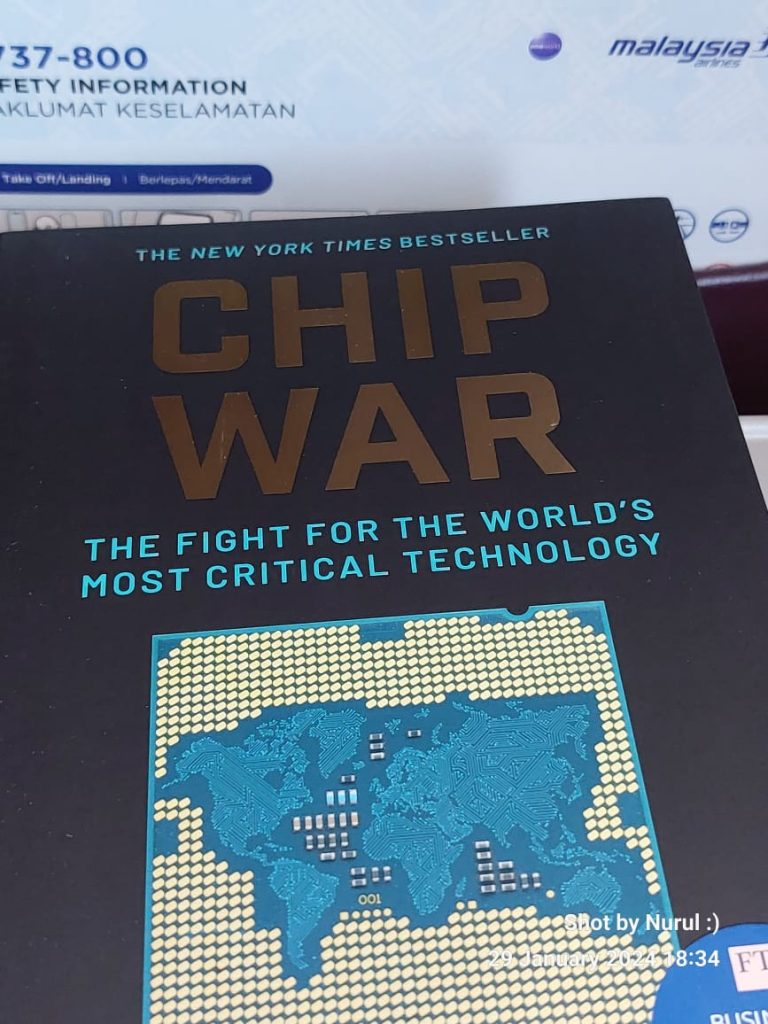
In a world dominated by cutting-edge technology, there exists a silent war—yet very competitive in the semiconductor chips. “Chip War: The Fight for the World’s Most Critical Technology” by Chris Miller, as reviewed by The New York Times, put a perspective of a riveting journey through the evolution, significance, and global impact of these tiny yet transformative components.
I’ve been wanting to read this book for quite some time. This book took root last year when it caught my eye on as I was browsing for a list of good reads in mid-2023. Finally bought at Kinokuniya KLCC last week while attending a Petrosains workshop.
Chris Miller’s narrative unfolds chronologically, beginning with Gordon E. Moore’s groundbreaking prediction in 1965, a forecast that would later be known as Moore’s Law. This prophecy, encapsulated in the article “Cramming More Components Onto Integrated Circuits,” became the catalyst for the exponential growth of transistors on silicon chips, propelling the world into the era of digitization.
The book weaves together characters, from the founding figures in Silicon Valley to the key players in China, Japan, and Taiwan. Miller deftly explores the geopolitical implications of the semiconductor industry, arguing that it not only shapes the global economy but also plays a pivotal role in the delicate balance of power among nations.
Notably, Miller’s narrative touches upon the Malaysia COVID-19 lockdown, revealing the far-reaching consequences on the chip supply chain. The lockdown’s impact on manufacturing, logistics, and workforce availability highlights the vulnerability of the global semiconductor ecosystem to external shocks. The disruptions caused by the pandemic underscore the intricate interdependence of nations in sustaining the production and supply of critical technologies.
This acknowledgment adds depth to the understanding of the challenges faced by nations involved in chip manufacturing, contributing to a more comprehensive and nuanced portrayal of the industry’s landscape. Malaysia, with its significant presence in the semiconductor sector, becomes a notable player in the broader narrative, showcasing how external factors can influence the delicate balance of the semiconductor ecosystem.
As an educator in the field of electrical engineering in Malaysia :), the book provides a firsthand view of the semiconductor industry. Feedback from my students working in Penang and venturing as far as Taiwan highlights the industry’s global impact. The challenge of revising curricula to keep abreast of rapid technological advancements becomes a paramount consideration.
As an academician in EE , the book serves as a wellspring of motivation to delve into FPGA-related research. The ever-changing nature of the semiconductor industry sparks a desire to bridge the gap between theoretical knowledge and practical skills, ensuring that students are equipped for the challenges of this dynamic field.
As a STEM advocate, there’s an inherent urgency to bring the ‘chip’ technology to young minds. The challenge lies in articulating these complex concepts in a language that resonates with the next generation, fostering interest in STEM fields and highlighting the tangible impact of hardware in their everyday lives.
The book prompts a reflection on supporting and nurturing diverse interests in children. Rather than imposing predetermined paths, the emphasis shifts to allowing the freedom to explore passions—be it aerospace engineering, mathematics, or animal sciences.
“Chip War: The Fight for the World’s Most Critical Technology ” emerges not just as a book but as a call to action. It beckons educators, academics, STEM advocates, and parents to navigate the digital landscape with a profound understanding of the critical role played by semiconductor chips. As we stand on the precipice of the future, Miller’s book serves as a guide, shedding light on the unseen battlegrounds that shape our technological destiny. The digital revolution is not merely a spectator sport—it’s a war, and understanding the dynamics of this war is the first step towards mastery of the ever-evolving world of technology.
UMP STEM Lab Mentoring Discussion


STEM Career Talk 2024/1 – Chip War the Battle of Semiconductor
Delivered a STEM career talk at MRSM Pekan today, sharing some experiences and perspectives with the central theme of the ‘Chip War’ or the Battle of Semiconductors.
This topic is inspired by Chris Miller’s Chip War 2022 book. My review on this book 🙂
This session was both fun and fulfilling.
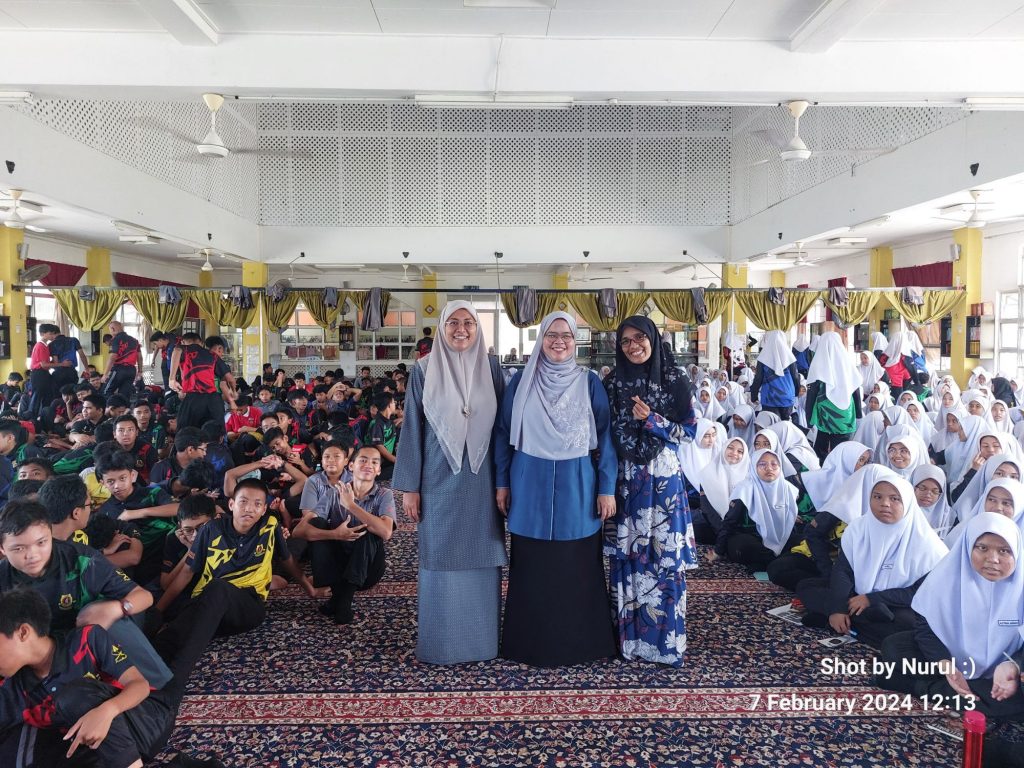
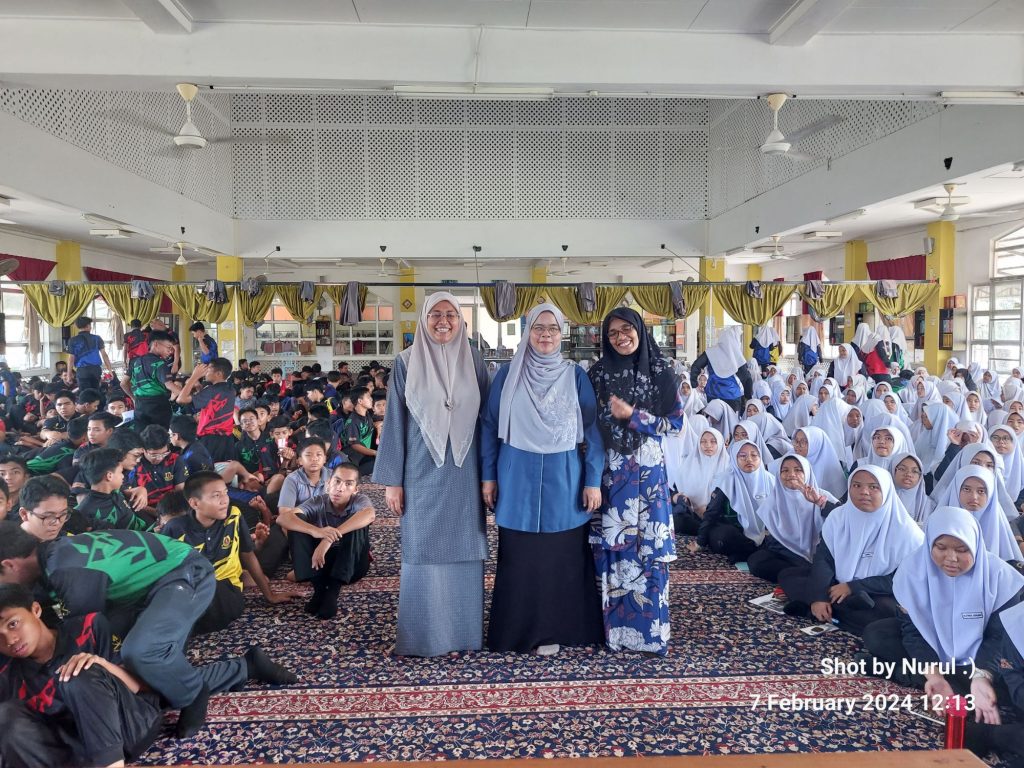
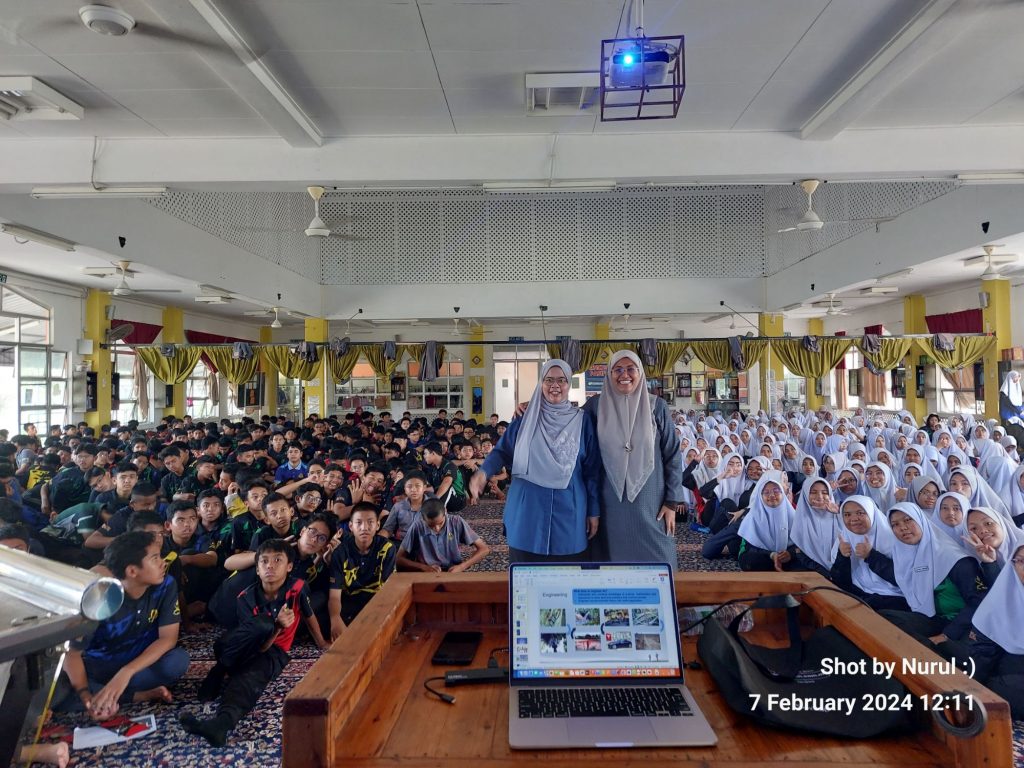

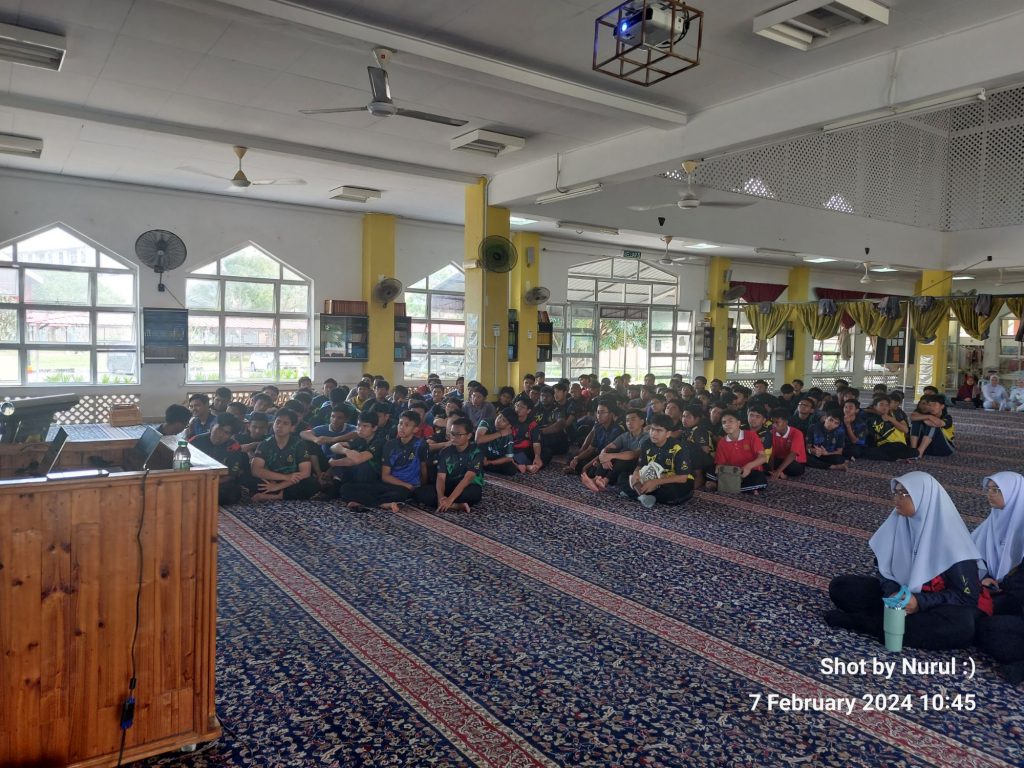
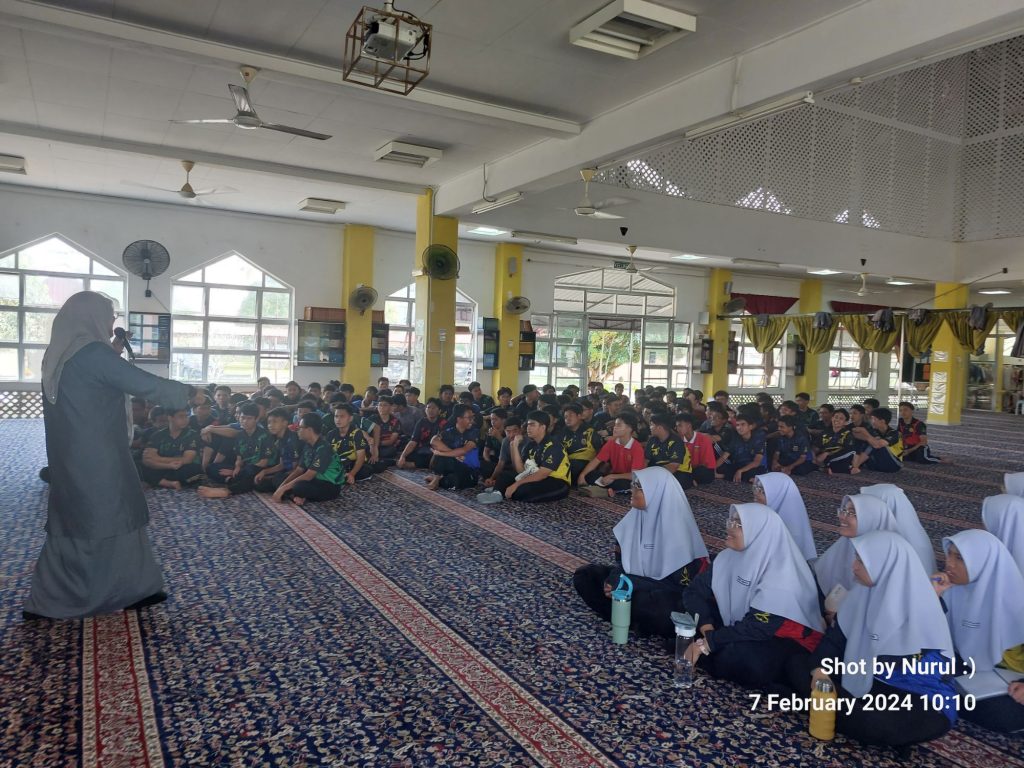
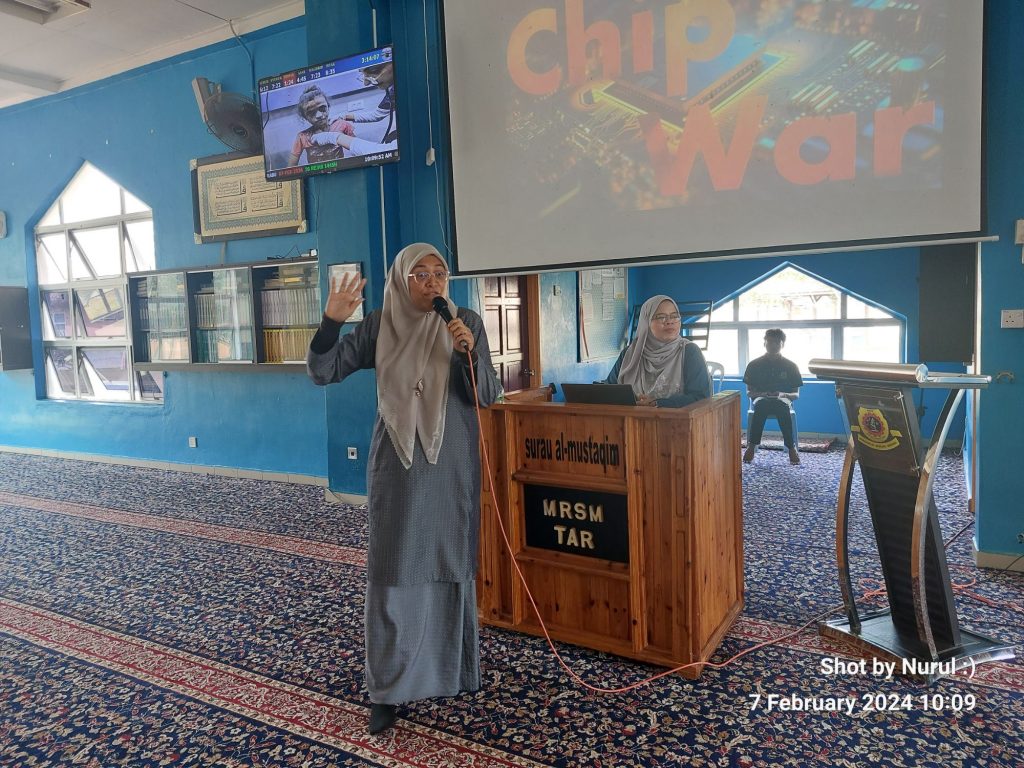
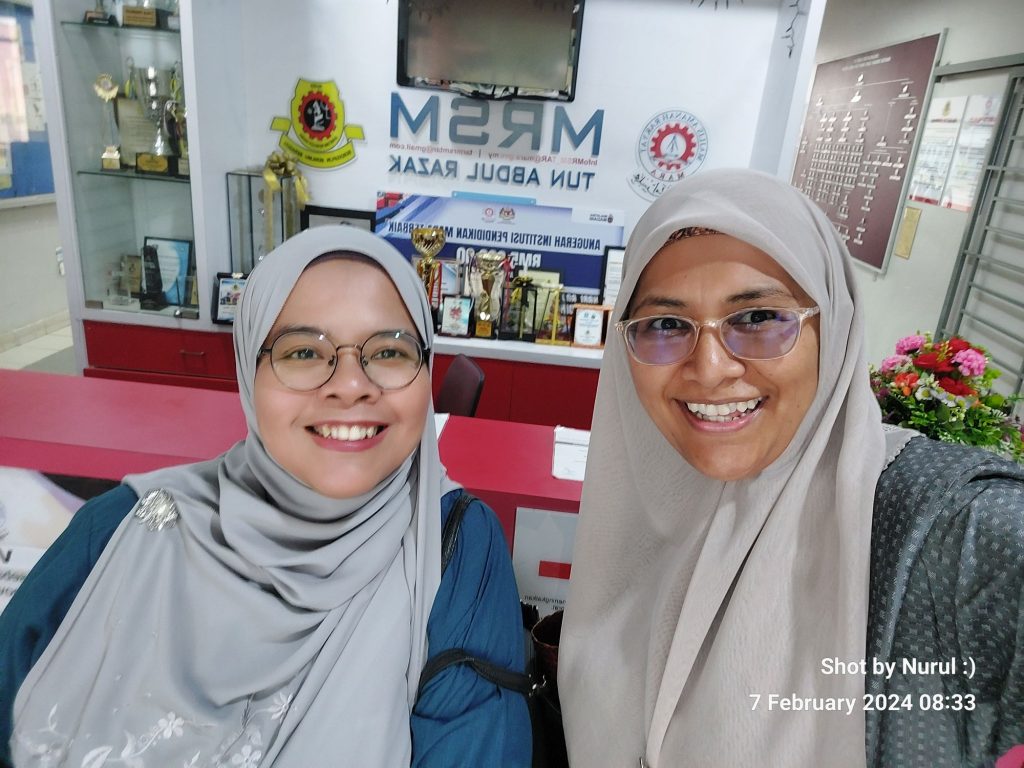
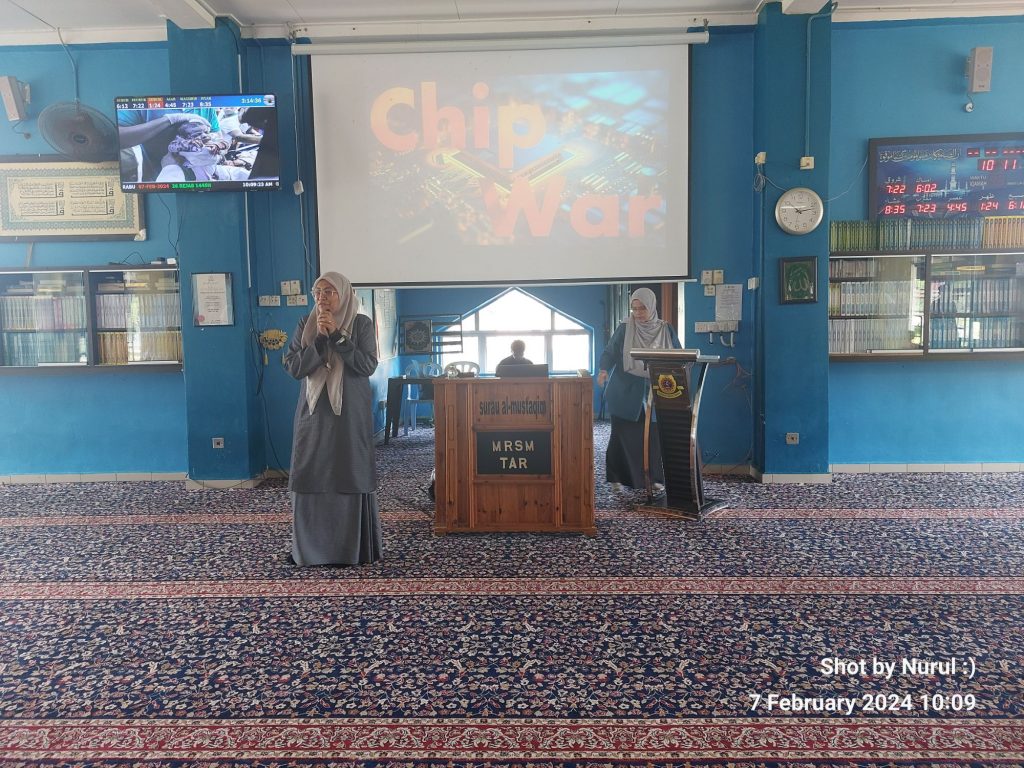


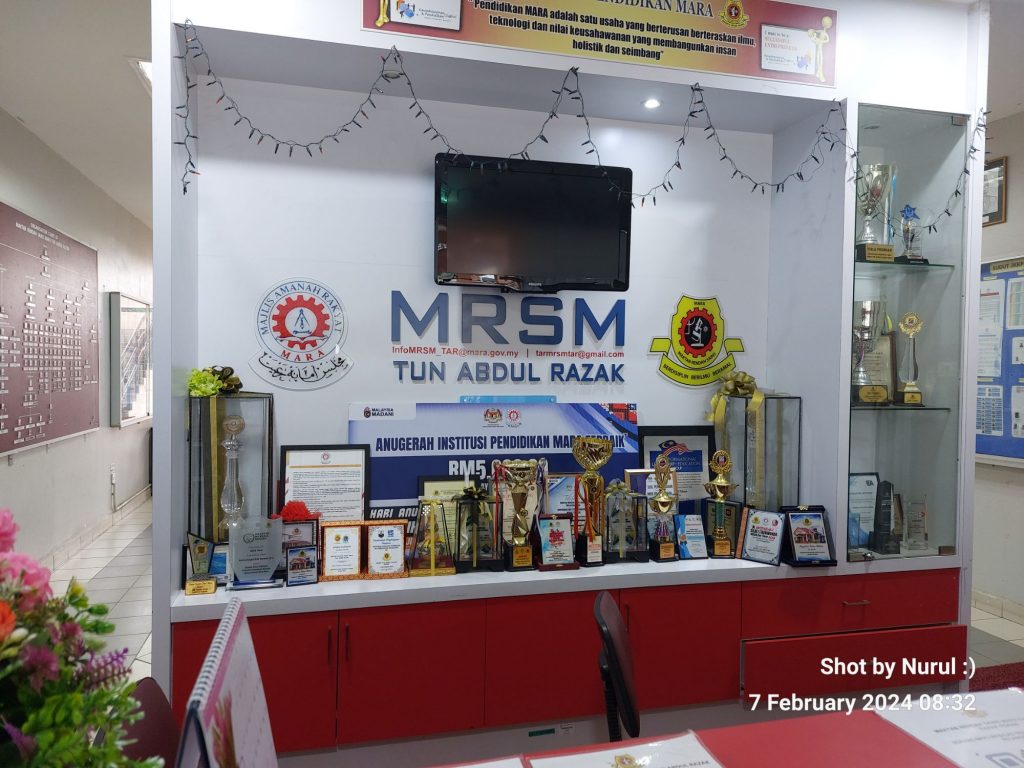
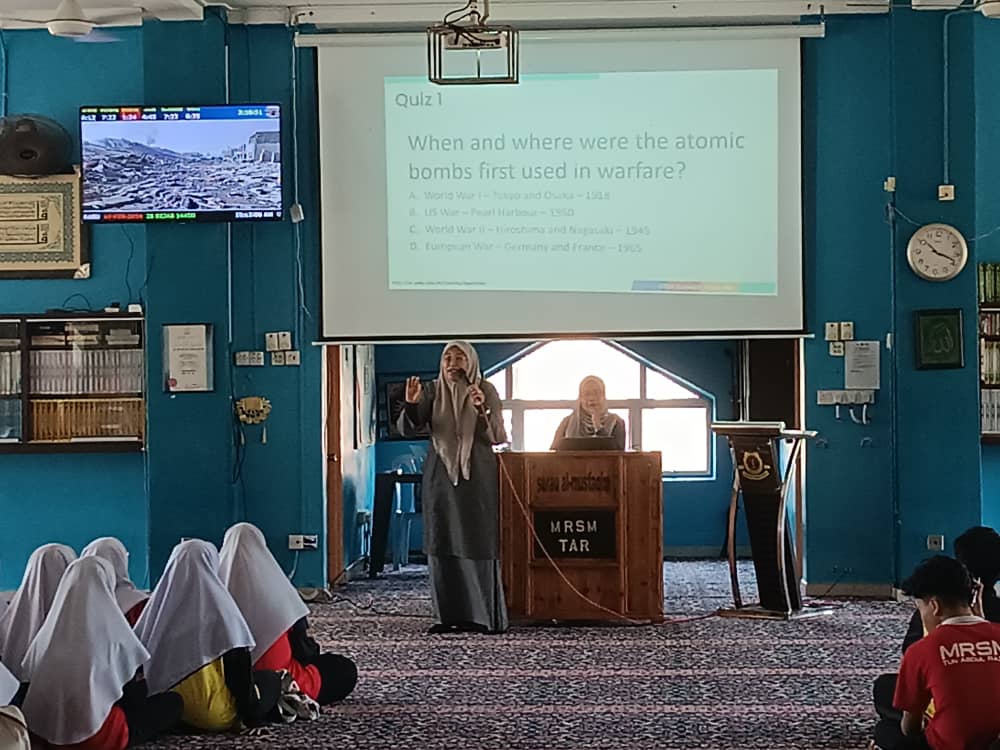

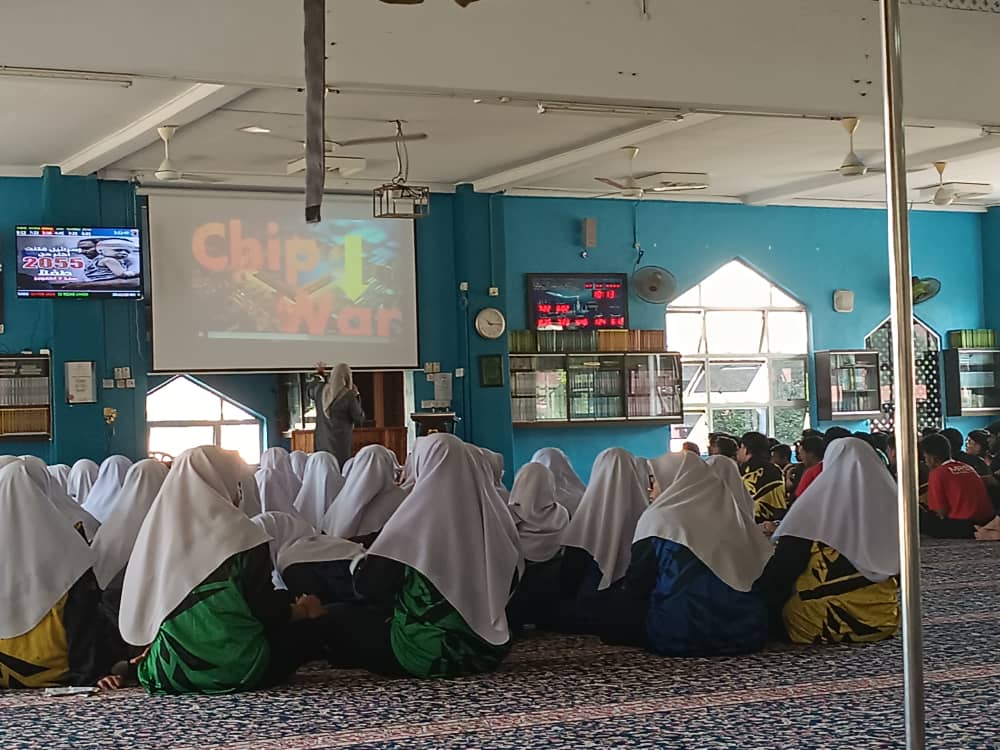





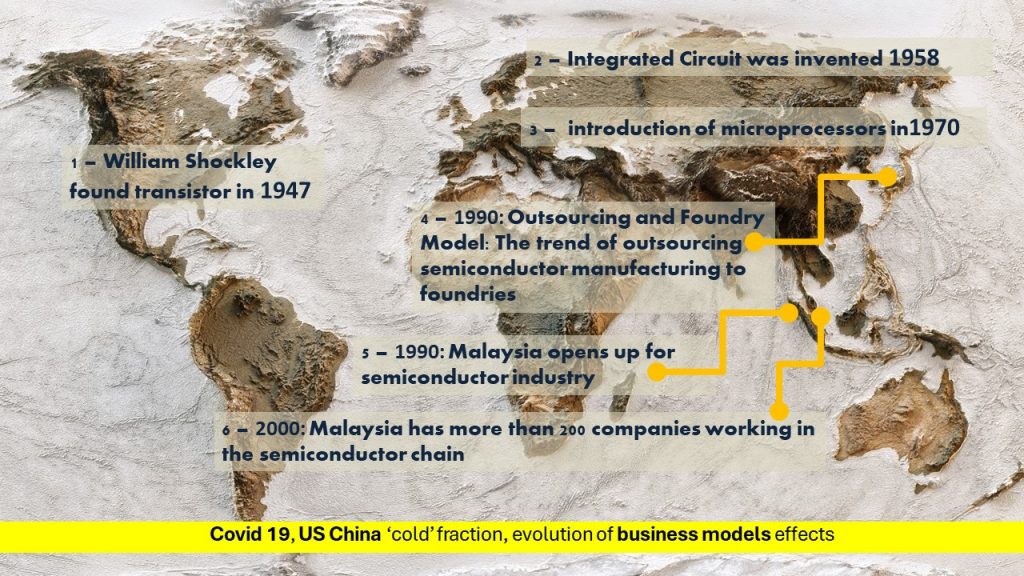
British Council and ASM International Science Foundation Grant – Call for proposal
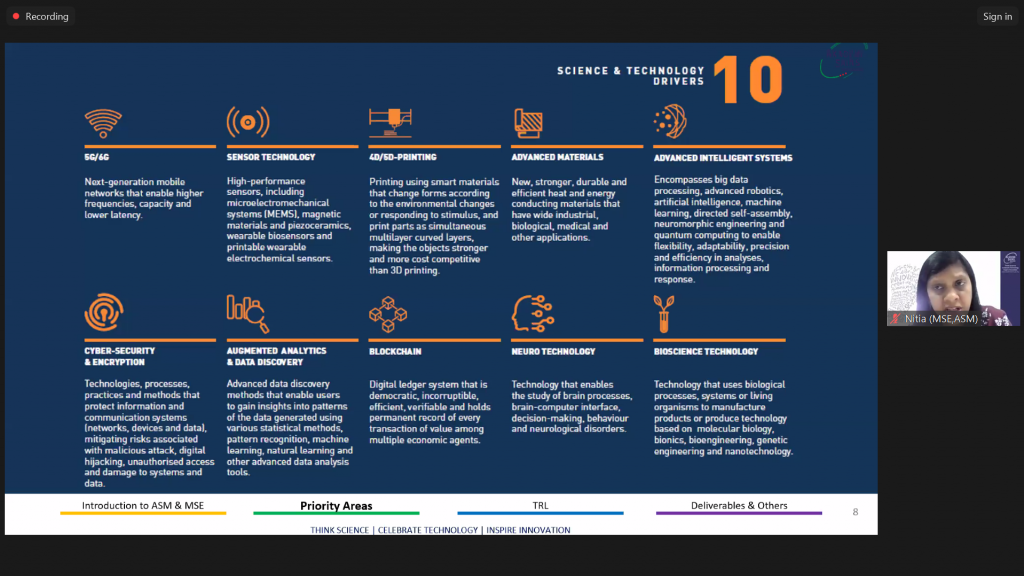
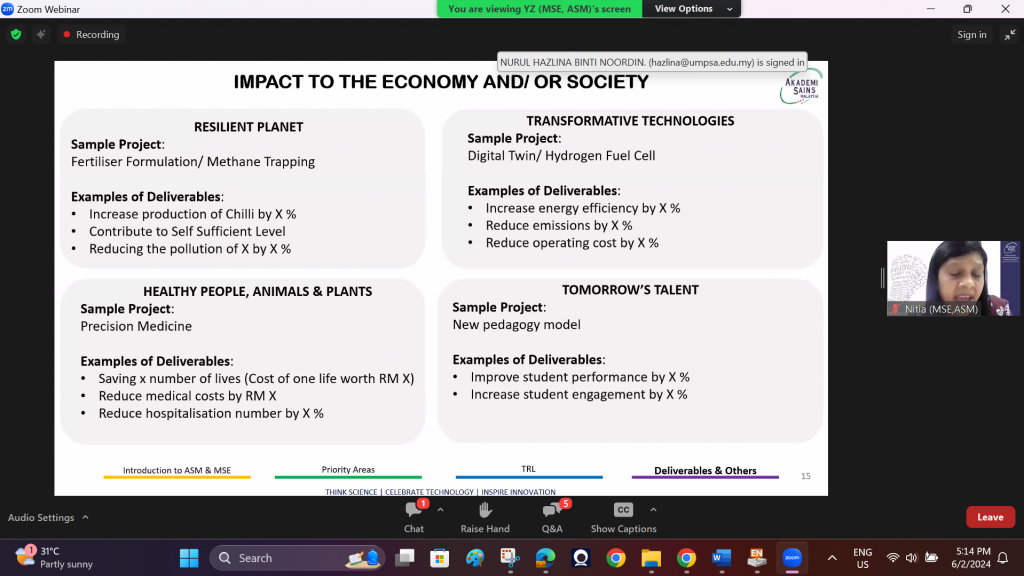
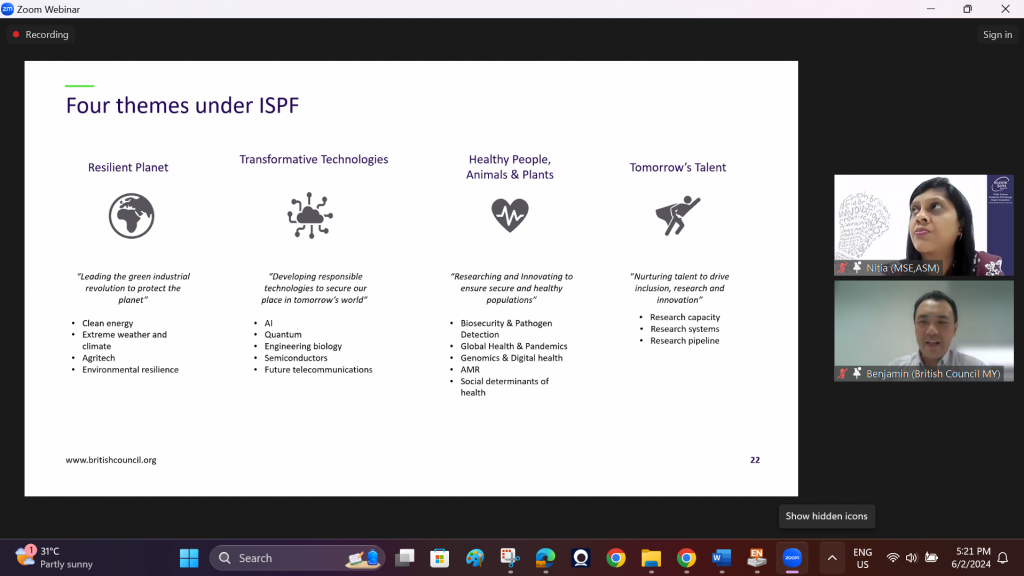
IEEE Microwave Regional Annual Meeting

Light Communicates. Yes it does!
https://www.linkedin.com/posts/interestingengineering_what-do-airplane-lights-mean-ugcPost-7149390169492697088-5EtJ?utm_source=share&utm_medium=member_desktop
Engaging young minds in STEM outreach programs is a rewarding endeavor, whether the engagement involves the simplest or most advanced activities =). One activity that consistently finds its place in almost every UMP STEM Lab module, especially in programming, physical computing and robotics, is the humble LED. Let’s delve into the journey of LEDs in STEM education and how these tiny diodes offer more than meets the eye.
The Simplicity of LED Control – At first glance, controlling an LED appears to be a straightforward task. Playing around with various control statements to manipulate the LED’s output, experimenting with multiple LEDs, different colors, and sequences – it all seems like child’s play. After all, there are only two states for an LED: on or off, making it an ideal starting point for novice learners. Even the introduction of Pulse Width Modulation (PWM) to control the LED’s intensity doesn’t complicate matters too much.
However, a memorable incident served as a turning point in my perspective. A young participant in UMP STEM Lab – back in 2018, yes I remember dates well :p, having completed his assignment, looked at the blinking LED and asked a simple question, “So what? The LED blinks.” This innocent query prompted a deeper reflection on the true potential of LEDs beyond mere on-off cycles.
Beyond blinking lights- One can program LED to convey information. While it’s true that LEDs can blink, their utility extends far beyond this basic function. In reality, LEDs can convey a wealth of information through various patterns, colors, and sequences. Consider the indicator lights in an airplane operation – each different light carries a distinct meaning. From indicating engine status to signaling the readiness for takeoff, LEDs play a crucial role in communication.
This video, beautifully illustrates the significance of lights in conveying information. In an airplane cockpit, the combination of different lights serves as a visual language for the pilot, communicating critical details about the aircraft’s status and operation.
The seemingly simple light (often represented by LEDs) holds the power to convey intricate information, making it a valuable tool in STEM education. Beyond the basics of on-off control, the exploration of LED applications opens doors to a deeper understanding of electronics, programming, and the nuanced language of visual communication. As educators and enthusiasts, let’s continue to unveil the complexity behind the blink and inspire the next generation of problem solvers.
